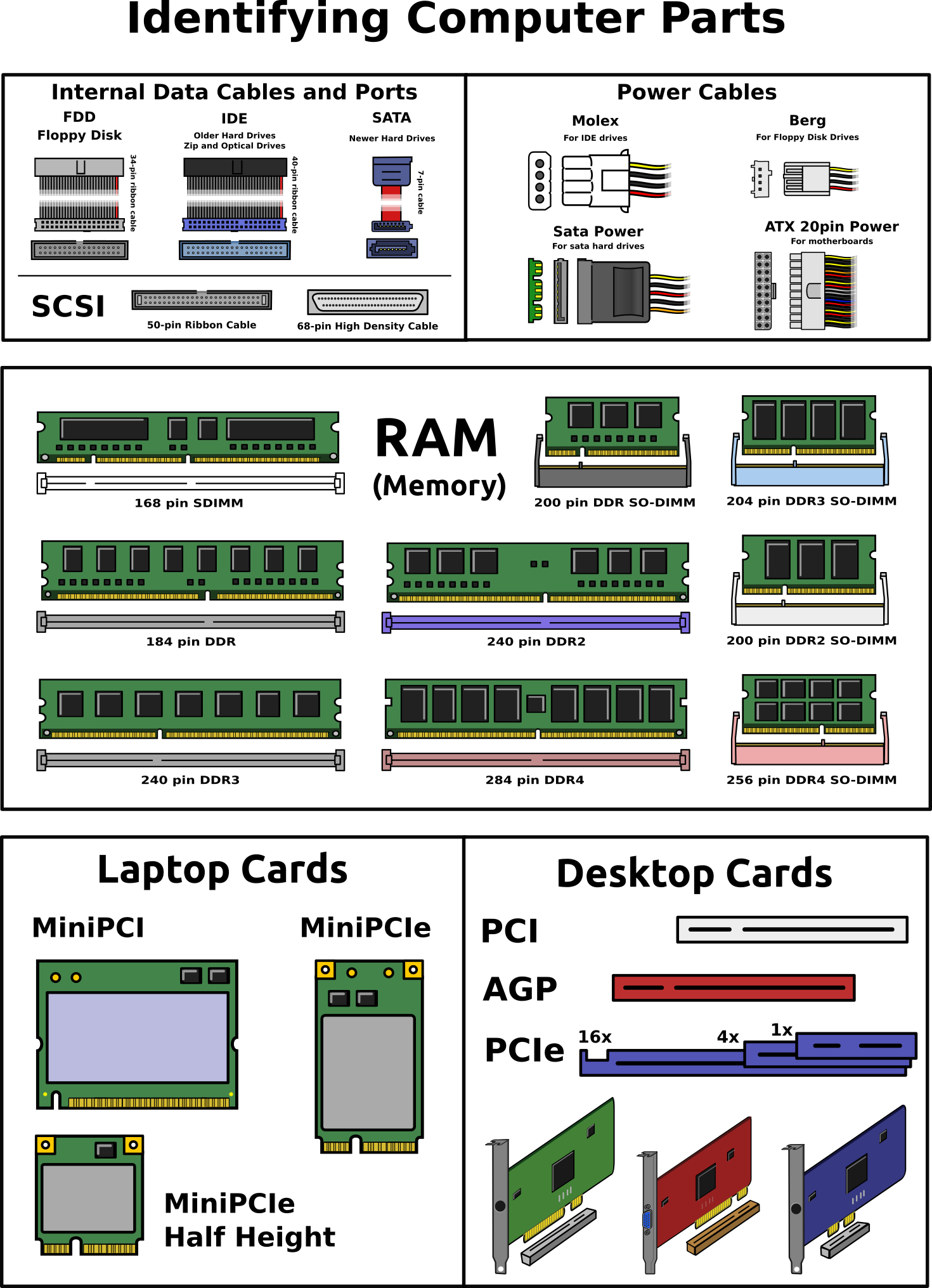In today's rapidly evolving tech world, the appeal of excessive computer parts is clear. If you're a seasoned builder or new to the scene, understanding how to maneuver through the surplus market can result in significant savings and impressive builds. With a wide array of components available, from circuit boards to graphics cards, it is essential to know what to look for to ensure you're making smart purchases that match your needs and budget.
This guide aims to equip you with the information necessary to make informed purchases for surplus computer parts. You will learn about top-notch components, how to recognize deals that are unbelievably good, and what attributes to evaluate for different types of hardware. Whether you are constructing a cost-effective gaming rig or enhancing your workstation, understanding the key factors to consider will enhance your buying experience and help you steer clear of common pitfalls. Let's dive into the world of surplus computer parts and discover how to get the best from your purchases. ### Key Factors to Consider When Purchasing Surplus Computer Components
As you explore the realm of surplus computer components, the primary factor to consider is the origin of the parts. Trustworthy suppliers or well-known online platforms greatly minimize the chances of acquiring faulty or fake products. Seek out sellers with good feedback and clear return policies, as they can provide added security in the buying process. Buying from reliable sources boosts your confidence in the quality of the items you receive.
Next, assessing the compatibility of surplus components with your existing system is crucial. Always check specifications like socket types, memory configurations, and power needs before you buy. Using incorrect parts can result in lost money and headaches during setup. Leveraging online tools and references can assist in confirming that the parts you choose will integrate smoothly with your equipment.
Lastly, consider the condition and history of the surplus items. Items labeled as refurbished may have undergone rigorous testing and repairs, which can enhance their reliability. On the other hand, used parts may show signs of wear and tear but can still perform adequately. When evaluating these components, look for visual cues, ask about usage history, and if possible, test the functionality before finalizing the purchase. Grasping the condition will aid you in making smart choices regarding surplus computer components.
Ways to Guarantee Standards in Surplus Parts
As you shopping for surplus computer parts, the initial thing to confirming quality is to conduct thorough research on the item and seller. Look for reputable suppliers that specialize in surplus components and have favorable reviews. A well-established seller often includes a promise for their products, which can considerably enhance your confidence in your purchase. Additionally, familiarize yourself with the details and common problems associated with specific components to better evaluate their condition before buying.
An additional essential consideration is to closely examine the tangible state of the components. Check for visible signs of wear, such as fractures, rust, or burnt marks, which can indicate previous failures or misuse. Ensure that terminals, pins, and other critical areas are intact and not twisted or broken. If practical, request clear images that present close-up views of the products, including any identifiers or item identifiers, to help confirm authenticity and quality.
Ultimately, testing is essential when feasible. For components like GPUs and HDDs, use diagnostic tools to check functionality and performance metrics. For hop over to this website and mainboards, ensure they have been tested in a working environment. Additionally, keep in mind that some vendors may provide testing results or certificates of authenticity which can serve as a trustworthy indicator of standards. By adhering to these guidelines, you can greatly reduce the risk of purchasing low-quality surplus computer parts.
Tips for Finding the Best Deals on Surplus Equipment
While searching for surplus electronic supplies, timing is essential. Keep an eye on year-end promotions, liquidation sales, and web -based bidding sites where surplus items are often sold at lower costs. Many businesses liquidate inventory as new products are released, making it an opportune time to acquire high-quality components at lower prices. Moreover, joining newsletters from surplus retailers can provide notifications on forthcoming offers.
Connecting with local computer repair shops and tech communities can lead to helpful tips and leads on surplus equipment. These connections may offer guidance regarding where to find dependable surplus suppliers, and some shops might even sell their inventory in person. Becoming involved in forums and digital groups focused on computer parts can help you gain a wealth of shared experiences and recommendations.
In conclusion, comparison shopping is crucial to ensuring you get the most favorable price on surplus parts. Use comparison shopping sites to check different vendors and ensure you are paying a just cost. Don’t overlook the importance of warranty and return policies, as these can provide an extra protection when buying surplus equipment. Being patient and thorough in your search will ultimately lead you to the best surplus deals available.

